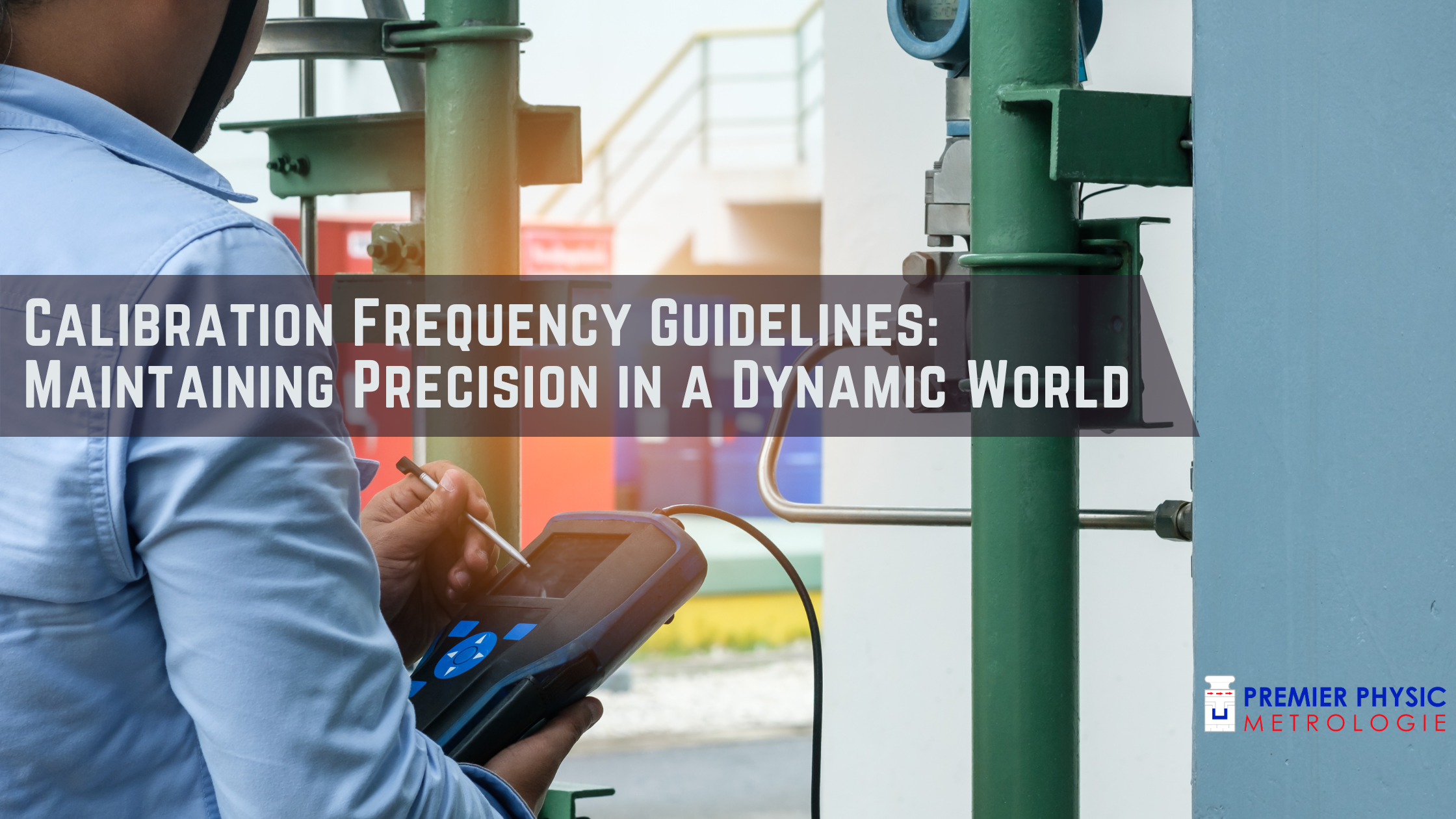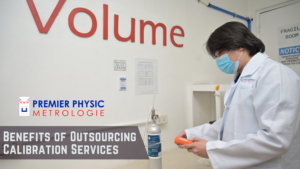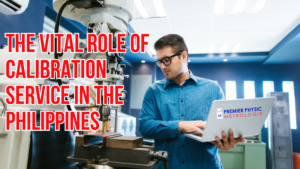Introduction
In the intricate world of measurements and testing, precision is paramount. Calibration, the process of fine-tuning instruments to maintain accuracy, is a critical aspect of ensuring reliable results. This article delves into the calibration frequency guidelines, shedding light on how often different types of instruments should undergo this essential process based on industry standards, usage patterns, and environmental conditions.
Types of Instruments
Calibration is not a one-size-fits-all process. Different instruments require varying levels of attention. Measurement instruments, encompassing precision and accuracy tools, and testing instruments, including electrical and mechanical devices, demand specific calibration approaches.
Industry Standards for Calibration
To maintain consistency and reliability across diverse sectors, calibration adheres to strict industry standards. Regulatory requirements, ISO standards, and guidelines from the National Institute of Standards and Technology (NIST) form the backbone of calibration practices.
Factors Influencing Calibration Frequency
Calibration frequency is not arbitrary; it’s influenced by several factors. The intensity of instrument usage, environmental conditions, and industry-specific requirements play pivotal roles in determining how often an instrument should be calibrated.
Calibration Frequency Guidelines
Understanding the nuances of calibration frequency is crucial. High-precision instruments, general-purpose tools, and critical devices each have their unique calibration needs, ensuring optimal performance and reliability.
Importance of Timely Calibration
Calibrating instruments in a timely manner is not just a best practice; it’s a necessity. It ensures accuracy, enhances reliability, and keeps businesses in compliance with regulatory standards.
Calibration Process Overview
The calibration process can be conducted in-house or outsourced to professional services. Each approach has its advantages and considerations, depending on the organization’s needs and capabilities.
Common Challenges in Calibration
While the benefits of calibration are evident, challenges exist. Downtime concerns, cost considerations, and the critical decision of choosing the right calibration provider are common hurdles to overcome.
DIY Calibration vs. Professional Services
Organizations often grapple with the decision between in-house calibration and professional services. This section explores the pros and cons, as well as the associated risk factors.
Emerging Technologies in Calibration
As technology evolves, so does the calibration landscape. Automated calibration systems and integration with the Internet of Things (IoT) are revolutionizing the way instruments are calibrated, offering efficiency and real-time monitoring capabilities.
Future Trends in Calibration
Looking ahead, predictive calibration and real-time monitoring are emerging trends. Anticipating calibration needs and continuous monitoring are set to redefine how industries approach instrument accuracy.
Importance of Documentation
Effective record-keeping practices and compliance documentation are integral to a robust calibration program. This section emphasizes the importance of maintaining thorough documentation.
Benefits of Regular Calibration
Regular calibration yields tangible benefits, including cost savings, extended equipment lifespan, and improved product quality. Investing in calibration is an investment in the overall efficiency and success of an organization.
Conclusion
In the ever-evolving landscape of technology and industry, maintaining precise measurements is non-negotiable. Calibration frequency guidelines serve as a compass, guiding organizations through the intricate path of instrument maintenance. Striking the right balance between industry standards, usage patterns, and environmental conditions ensures instruments perform optimally, contributing to the success of businesses.
FAQs
- How often should high-precision instruments be calibrated?
- High-precision instruments should typically undergo calibration annually, but frequency may vary based on usage and industry requirements.
- Can calibration be done in-house for all types of instruments?
- While in-house calibration is feasible, some critical instruments may require the expertise of professional calibration services.
- Are there industry-specific calibration standards?
- Yes, various industries have specific calibration standards to ensure accuracy and reliability in their unique environments.
- What are the risks associated with DIY calibration?
- DIY calibration poses risks of inaccuracies and may void warranties; professional calibration services are recommended for critical instruments.
- How can organizations benefit from real-time monitoring in calibration?
- Real-time monitoring allows organizations to detect deviations promptly, minimizing downtime and ensuring continuous accuracy in instrument readings.




